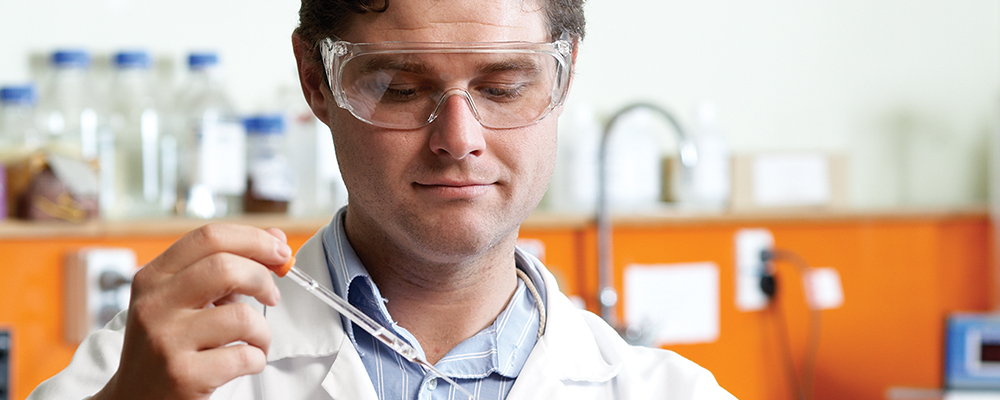
Vinyl Chloride Monomer
Vinyl chloride was first produced in 1835 but did not go into regular production until the early twentieth century. Vinyl chloride has been used in the past as an anaesthetic and as an aerosol spray propellant but its principle use has been to produce the polymer, polyvinyl chloride (PVC), or vinyl.
Today, vinyl chloride monomer (VCM) is produced as a intermediate chemical by the process of either hydrochlorination of acetylene, or the dehydrochlorination of ethylene dichloride (EDC). Refer to the section Manufacturing Process for more detail.
In the early years of PVC production, workers were exposed to potentially very high concentrations of vinyl chloride. In the late 1960s-early 1970s, industry physicians became aware of a small number of workers contracting a rare form of liver cancer, angiosarcoma of the liver (ASL) and suspected an occupational link. Industry collaborated to share information and made public its concerns.
By the mid 1970s, industry and scientific studies confirmed prolonged, high-level exposure to VCM among PVC production workers may cause ASL. Radical changes to technology and processes were then rapidly introduced to protect the health of workers and regulatory exposure standards were made significantly more stringent to reduce risk of exposures and emissions.
Now, all activities involving VCM take place in sealed vessels ensuring production is a closed process. This minimises potential worker exposure, reduces environmental emissions and maximises production efficiencies.
Approximately 230 VCM-related ASL deaths have been recorded worldwide as a result of PVC production over the past 60 years. There has been one death in Australia. The worker was employed at a New South Wales production site at Botany, now closed.
No case of angiosarcoma has been identified in any PVC production worker employed after the introduction of the revised processing technology and exposure standards in the mid to late 1970s.
No member of the general public is known to have suffered any harmful effect from VCM.
Australia’s only PVC manufacturer is located in Victoria and the company complies with the emissions requirements of the State Environment Protection Policy (The Air Environment), the Australian Safety and Compensation Commission and WorkSafe Australia. VCM levels in the workplace are well under the safe exposure levels recommended by Australian regulatory authorities. The company also complies with the industry's voluntary PVC Stewardship Program commitment that sets a stringent standard for maximum emissions of vinyl chloride.






